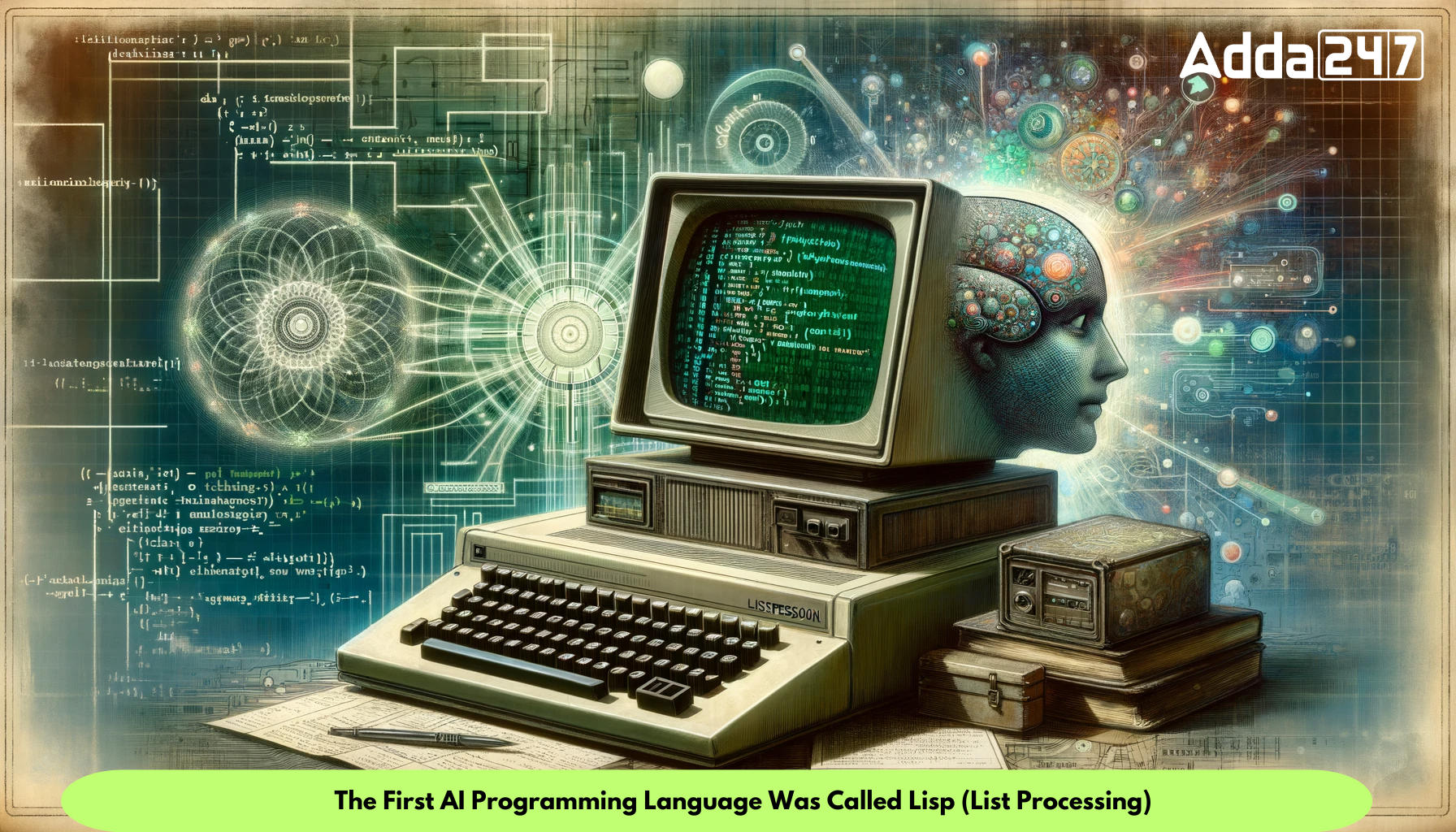Artificial Intelligence (AI) has transformed the way we interact with technology, but its journey began with the development of the first AI programming language. In this article, we delve into the roots of AI programming and explore the inception of the pioneering language that paved the way for the AI revolution.
Early Days of AI Programming:
The quest for creating intelligent machines dates back to the mid-20th century when computer scientists and researchers started envisioning the possibility of machines that could mimic human intelligence. This led to the emergence of the first AI programming language, marking a crucial milestone in the history of AI.
The Birth of the First AI Programming Language
In the late 1950s, John McCarthy, an influential computer scientist, and his colleagues introduced the first AI programming language called Lisp (List Processing). Lisp was specifically designed to facilitate research in AI and enable the development of intelligent systems. Its unique feature was the ability to manipulate symbolic expressions, making it well-suited for AI tasks.
Characteristics of Lisp
Lisp was distinctive for its simplicity and flexibility. It allowed programmers to represent knowledge in a way that closely resembled human thought processes. This made it an ideal choice for early AI researchers who were exploring concepts like natural language processing, problem-solving, and machine learning.
Contributions to AI Research
Lisp played a pivotal role in the development of early AI applications. It became the language of choice for AI research projects and laid the groundwork for subsequent AI programming languages. The ability to handle symbolic reasoning and adaptability made Lisp a powerful tool for building intelligent systems.
Evolution and Impact
As AI research progressed, new programming languages emerged, each catering to specific AI applications. Despite the evolution of languages like Prolog, Python, and R in the AI domain, Lisp’s influence endures. Many AI researchers acknowledge the foundational role Lisp played in shaping the field and its continued impact on modern AI programming paradigms.
Legacy of Lisp in AI
While contemporary AI programming languages have diversified and specialized, Lisp’s legacy remains embedded in the core principles of AI development. Its contributions to symbolic reasoning and problem-solving continue to influence AI researchers and developers as they explore the frontiers of machine intelligence.



 Who is the Inventor of the Gramophone?
Who is the Inventor of the Gramophone?
 What is the State Song of Andhra Pradesh...
What is the State Song of Andhra Pradesh...
 National Investigation Agency (NIA): Its...
National Investigation Agency (NIA): Its...
